French doors are an appealing addition to any house, and they offer beautiful aesthetics. However, their lovely looks come at the expense of additional noise pollution.
Regardless of how tiny, the space between the two doors is an open invitation to sound waves.
Sound can go through light and air as well.
It’s challenging to soundproof French doors. Because the doors are formed largely of glass, it’s impossible to 100% soundproof them.
However, there are many effective strategies that offer substantial sound reduction benefits..
1. Change The Glass to Double-Glazed Glass
Double-glazed windows have two panes of glass separated by a pocket of air, this helps insulate against sound because of the air pocket between them.
Single glazed windows offer little sound resistance, therefore retro-fitting double-glazing is the most effective method to block unwanted noise.
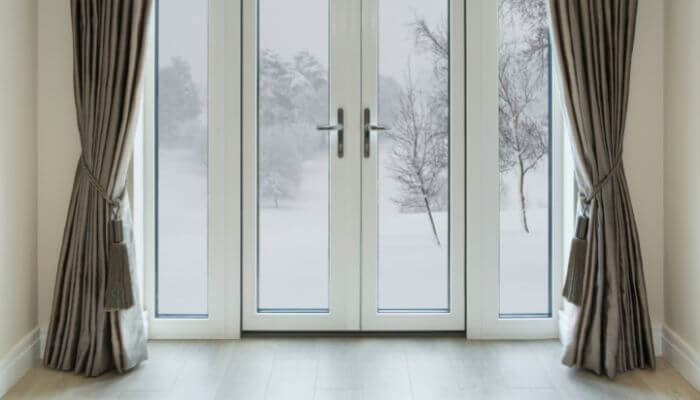
It is a good idea to use laminated glass which comprises of two layers of glass with an interlayer (polyvinyl butyral or PVB) between them as this helps further soundproof the windows as it minimizes vibrations through the glass.
2. Fit an Acoustic Threshold
Acoustic door thresholds close up gaps at the bottom of your french doors.
For the best results, sound-rated thresholds should be used with automated door bottoms.
Door thresholds are frequently used with automatic door bottoms and acoustic door seals to create a complete soundproof door assembly.
When fitted, you must trim the door threshold components to fit the doorway opening.
The tolerance for these items is +1/8 inch, so they must be cut to fit.
3. Seal Gaps in The Door Frame
Sound follows the path of least resistance.
If your locks, handles, or hinges are outdated or damaged, consider replacing them.
One should seal any exposed gaps on your french doors for optimum noise reduction.
It would help if you first filled any gaps in the frame or doors.
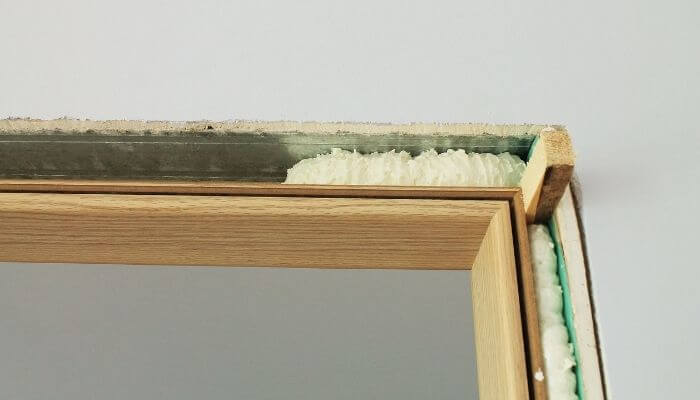
Before making any major adjustments or purchasing new equipment to alleviate your noise problem, you should first look for sound leaks around the doors.
Did you find any cracks or gaps in the spaces around or between your French doors?
If the answer is yes, you must fill those blanks as soon as possible because a 1% gap in a wall can let in 50% of noise from the outside.
There are a few different methods to repair sound leaks.
Acoustic caulk is one option.
Because this product is STC certified, meaning it has been proven to block sound.
Acoustic caulk is a non-hardening sealant used to build a noise barrier.
It also prevents moisture from seeping into your building during wet weather. Acoustic caulk, designed to limit sound transmission, is both cost-effective and simple to apply.
Related article:
4. Hang A Soundproof Curtain Over the Door
Hanging heavy, sound-blocking door curtains are a cheap way to dampen noise traveling through your french doors.
Make sure the curtains you buy are designed to block noise.
Linen or silk lightweight curtains won’t stop sound.
Any thick, heavy cloth hung over French doors will absorb a significant amount of the noise trying to get into space.
Soundproof curtains dampen intense noise and reverberation (echo) without eliminating all sound.
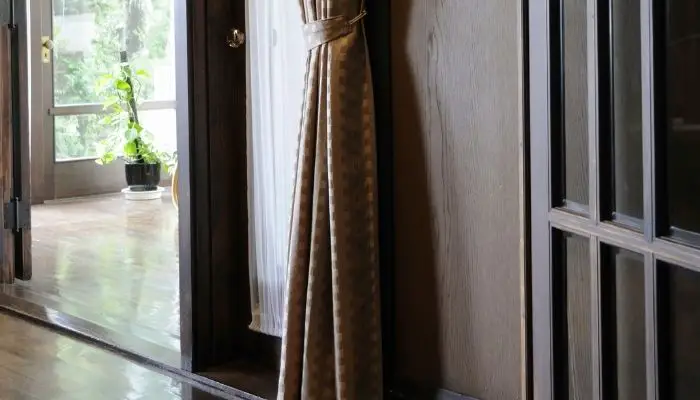
Thicker, more absorbent drapes will have a greater ability to block.
They’re often made from wool with excellent blackout and insulating qualities.
Layers with extra cellulose or fiber will provide better absorption.
Consider purchasing curtains that are three times the width of the door and a few inches longer if feasible, this will help reduce noise transmission by ensuring that there is no gap at the floor.
When you hand your curtains make sure they cover the whole French Door, including any cracks between the door and its frame.
5. Fit Soundproof Blinds Over the Door
Cellular Shades or Honeycomb Blinds are closed-cell blinds that trap air.
Their name stems from the hexagon honeycomb shape of their tubing, which gives it a honeycomb appearance.
These cells are often made of collapsible tubing sealed on both ends, keeping the air inside.
The tubing will expand in the same way as an accordion when you open them.
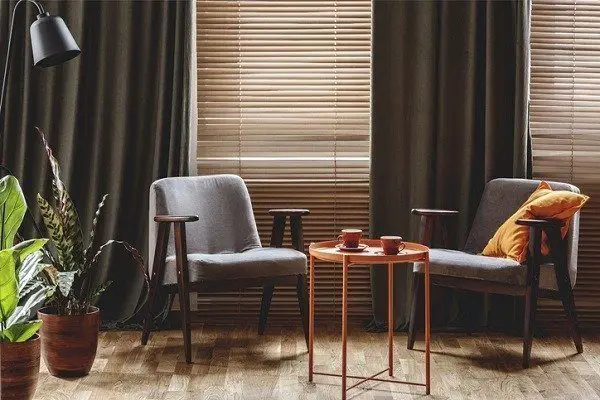
Adding honeycomb cell blinds to your French Doors can improve its R-value by a factor of two, from 3.5 to 7 (this is a measurement of insulation).
Soundproof blinds are a good way to insulate your French Doors from both heat and noise, in fact some of the finest honeycomb cell blinds can reduce sound transmission by more than 50%!
However, keep in mind that they have certain restrictions when it comes to design.
Unlike most blinds, cell blinds do not offer the ability to tilt the slats to let light in; they are either up or down.
6. Use Concealed Hinges
You can install exterior acoustic French doors with either cam lift hinges or concealed hinges.
The door opens by lifting, then closing into a tight seal.
The hinges are concealed within the door itself.
It ensures that the door closes flush against the frame and prevents exposure to air.
Using concealed hinges helps minimize noise transfer into the room through the hinge itself.
7. Fit Weather Stripping inside The Doorframe
Fitting weather stripping inside the frame of your french doors is an easy and highly effective way of improving their sound resistance.
It is inexpensive and easy to install.
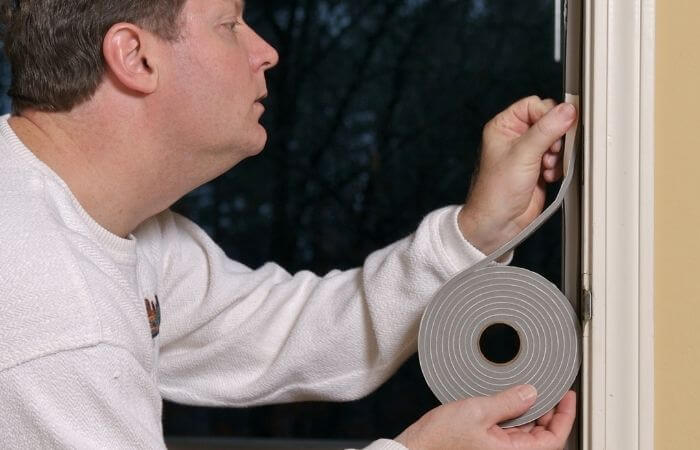
Weatherstripping usually has an adhesive backing.
Simply peel off the backing and stick it evenly around the door frame.
As an Amazon Associate I may earn a small fee from qualifying purchases at no extra cost to you. This helps us run the site, so thanks for your support!
